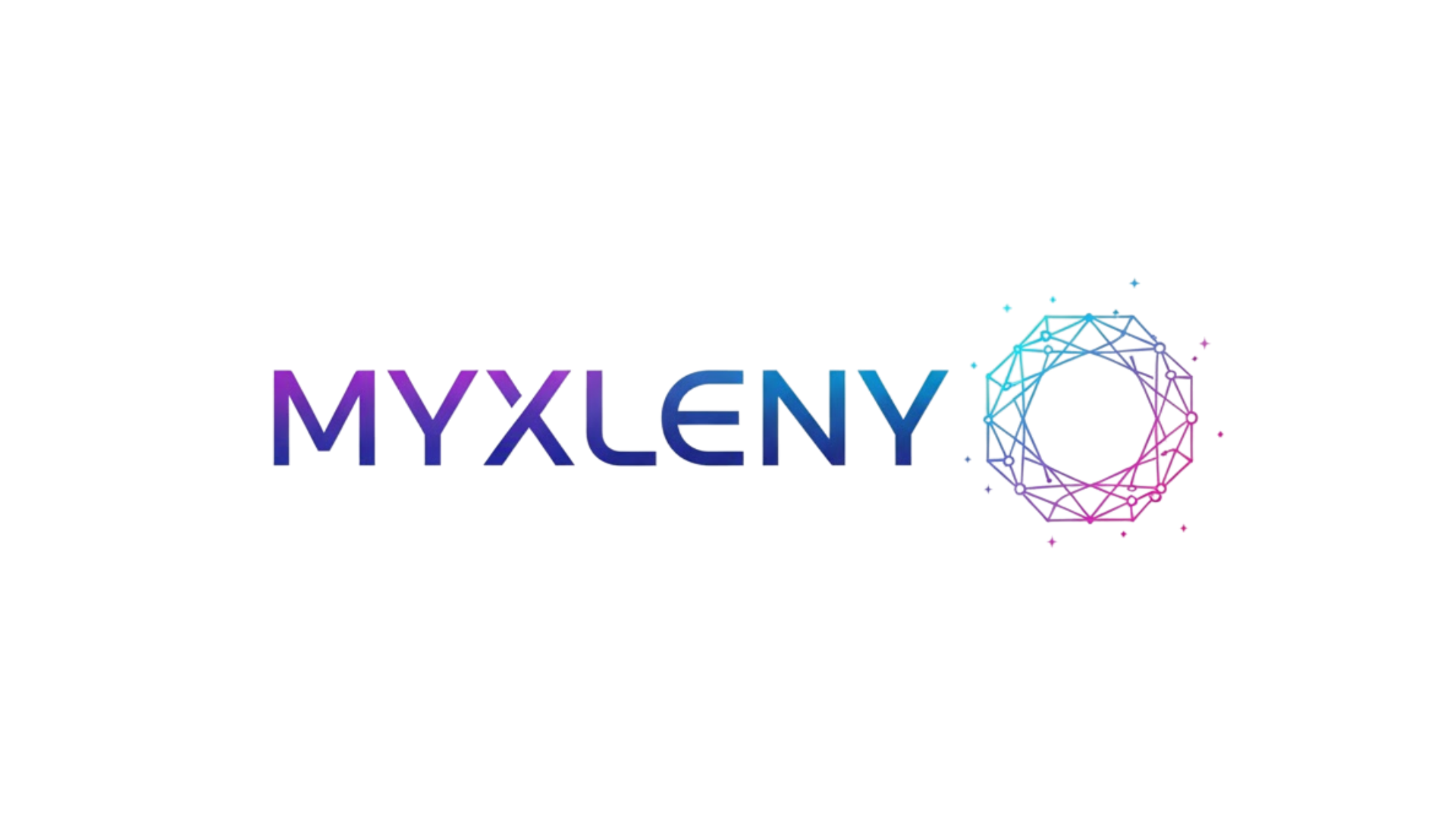Remote work has transformed how professionals earn income, but it’s also changed how they should think about taxes and financial planning. 💼
The shift to remote work has created unprecedented opportunities for professionals to maximize their earnings while working from anywhere in the world. However, this flexibility comes with complex tax implications that many remote workers overlook, potentially leaving thousands of dollars on the table each year.
Understanding the tax landscape for remote professionals isn’t just about compliance—it’s about strategic financial planning that can significantly boost your take-home income. Whether you’re a freelancer, digital nomad, or remote employee, knowing which deductions you qualify for and how to structure your income can make a substantial difference in your financial health.
Understanding Your Tax Classification as a Remote Professional
The first step in maximizing your income through smart tax planning is understanding exactly how the tax authorities classify your work arrangement. This classification determines which deductions you can claim, how you file, and what tax rates apply to your income.
Remote employees who receive a W-2 form from a single employer face different tax situations than independent contractors receiving 1099 forms. Employees typically have taxes withheld automatically, while contractors must handle quarterly estimated tax payments themselves. This distinction isn’t merely administrative—it fundamentally shapes your tax strategy.
For independent contractors and freelancers, you’re essentially running a business, which opens up numerous deduction opportunities. You’ll pay self-employment tax covering Social Security and Medicare, but you can also deduct business expenses that employees cannot. Understanding this trade-off is crucial for long-term financial planning.
The Home Office Deduction: Your Biggest Tax Advantage 🏠
One of the most valuable tax benefits available to remote professionals is the home office deduction. This deduction allows you to write off a portion of your housing expenses, but it requires careful documentation and adherence to specific IRS guidelines.
To qualify for the home office deduction, you must use a specific area of your home regularly and exclusively for business purposes. This means your workspace cannot double as a guest room or entertainment area. The space must be your principal place of business or where you meet clients in the normal course of business.
There are two methods for calculating this deduction: the simplified method and the regular method. The simplified method allows you to deduct $5 per square foot of home office space, up to 300 square feet, for a maximum deduction of $1,500. The regular method requires detailed calculations but may yield larger deductions for those with significant home expenses.
When using the regular method, you can deduct a percentage of your rent or mortgage interest, property taxes, utilities, homeowners insurance, and maintenance costs. Calculate this percentage by dividing your office square footage by your home’s total square footage. If your office occupies 200 square feet of a 2,000-square-foot home, you can deduct 10% of eligible expenses.
Maximizing Business Expense Deductions
Beyond the home office, remote professionals can deduct a wide range of business expenses that directly reduce taxable income. The key is understanding what qualifies as a legitimate business expense and maintaining meticulous records throughout the year.
Technology expenses form a substantial portion of deductible costs for most remote workers. This includes computers, monitors, keyboards, webcams, microphones, and software subscriptions necessary for your work. You can deduct the full cost of equipment purchased exclusively for business, or depreciate it over several years if it has a longer useful life.
Internet and phone expenses are partially deductible based on business use percentage. If you use your internet connection 80% for business and 20% for personal activities, you can deduct 80% of your monthly bill. Keep detailed logs to justify your claimed percentage if audited.
Professional Development and Education Costs 📚
Investing in your skills isn’t just good for your career—it’s also tax-deductible. Remote professionals can write off courses, certifications, conferences, and training programs that maintain or improve skills required in their current profession.
Online courses through platforms like Coursera, Udemy, or industry-specific training programs qualify as deductible education expenses. Professional memberships, trade publications, and industry journals also count. However, education that qualifies you for a new career field typically doesn’t qualify for deduction.
Conference attendance offers multiple deduction opportunities. Beyond registration fees, you can deduct travel expenses, lodging, and 50% of meal costs when attending business-related conferences. This makes professional networking events significantly more affordable when you factor in the tax benefits.
Health Insurance and Healthcare Deductions
Healthcare costs represent a significant expense for self-employed remote professionals, but they also offer substantial tax advantages. Understanding these deductions can save thousands of dollars annually while ensuring you maintain adequate health coverage.
Self-employed individuals can deduct 100% of health insurance premiums paid for themselves, their spouse, and dependents. This deduction appears on the front page of your tax return, reducing your adjusted gross income even if you don’t itemize deductions. This is one of the most valuable deductions available to freelancers and independent contractors.
Health Savings Accounts (HSAs) provide triple tax advantages for those with high-deductible health plans. Contributions are tax-deductible, the money grows tax-free, and withdrawals for qualified medical expenses aren’t taxed. For 2024, individuals can contribute up to $4,150, while families can contribute $8,300.
Retirement Savings That Reduce Your Tax Bill 💰
Retirement accounts offer remote professionals powerful tools for reducing current tax liability while building long-term wealth. Several retirement account options exist specifically for self-employed individuals, each with different contribution limits and benefits.
Solo 401(k) plans allow self-employed individuals without employees to contribute both as employer and employee, potentially sheltering up to $66,000 in 2024 ($73,500 if age 50 or older). This makes it one of the most generous retirement savings vehicles available.
SEP-IRAs offer simpler administration with the ability to contribute up to 25% of your net self-employment income, up to $66,000 in 2024. These plans work well for those with fluctuating income since you’re not required to contribute every year.
Traditional IRAs and Roth IRAs provide additional savings options, though with lower contribution limits. The choice between traditional (tax-deductible now) and Roth (tax-free in retirement) depends on your current versus expected future tax bracket.
Navigating Multi-State Tax Obligations
Remote work’s flexibility often means working from different locations throughout the year, which can create complex multi-state tax situations. Understanding these obligations prevents unpleasant surprises and potential penalties.
Your tax obligations depend on several factors: your state of residence, where your employer is located, and where you physically perform work. Some states have reciprocity agreements simplifying taxation for border workers, while others require filing if you work there for even a single day.
States without income tax—Alaska, Florida, Nevada, South Dakota, Tennessee, Texas, Washington, and Wyoming—offer advantages for remote workers. Establishing residency in these states can eliminate state income tax entirely, though you must genuinely relocate and establish domicile, not just claim residency for tax purposes.
Digital nomads face additional complexity when working internationally. U.S. citizens must report worldwide income regardless of where they live, but the Foreign Earned Income Exclusion allows excluding up to $120,000 of foreign-earned income in 2024 if you meet specific requirements regarding time spent abroad.
Tracking Expenses and Maintaining Records
The best tax strategy in the world won’t help if you can’t document your expenses. Implementing systems for tracking and organizing financial records throughout the year makes tax time easier and ensures you don’t miss valuable deductions.
Separate your business and personal finances immediately. Open dedicated business bank accounts and credit cards used exclusively for business expenses. This separation simplifies bookkeeping, strengthens your position in potential audits, and provides clear documentation of business activities.
Digital expense tracking tools automate much of the record-keeping burden. Apps like QuickBooks Self-Employed, FreshBooks, or Expensify connect to your bank accounts, categorize transactions, and generate reports for tax preparation. Many include mileage tracking and receipt capture features.
Photograph and digitally store all receipts immediately. Paper receipts fade over time, and scrambling to reconstruct expenses years later during an audit is stressful and often unsuccessful. Cloud storage ensures you’ll have access to documentation whenever needed.
Quarterly Estimated Tax Payments ⏰
Self-employed remote professionals must make quarterly estimated tax payments to avoid penalties and interest charges. Understanding how to calculate and submit these payments prevents cash flow problems and unwelcome surprises.
The IRS expects you to pay taxes throughout the year, not just at tax time. If you expect to owe $1,000 or more when filing, you should make quarterly payments. These payments cover both income tax and self-employment tax for Social Security and Medicare.
Calculate estimated payments based on your expected annual income, or use 100% of last year’s tax liability (110% if your adjusted gross income exceeded $150,000). The safe harbor method based on last year’s taxes protects against underpayment penalties even if your income increases significantly.
Payment deadlines fall on April 15, June 15, September 15, and January 15 of the following year. Missing these deadlines triggers penalties, so set calendar reminders well in advance. You can pay online through IRS Direct Pay, EFTPS, or by mailing estimated tax vouchers.
Leveraging Business Structure for Tax Advantages
The legal structure you choose for your remote work significantly impacts your tax situation. While operating as a sole proprietor requires minimal paperwork, forming an LLC or S-Corporation might provide substantial tax savings as your income grows.
Sole proprietorships offer simplicity but provide no liability protection and subject all profit to self-employment tax. You report business income and expenses on Schedule C of your personal tax return, and all net profit gets taxed at your ordinary income rate plus 15.3% self-employment tax.
Limited Liability Companies (LLCs) provide legal protection separating personal and business assets. For tax purposes, single-member LLCs are treated as sole proprietorships by default, but you can elect S-Corporation or C-Corporation taxation if beneficial.
S-Corporation election can reduce self-employment taxes for profitable businesses. You pay yourself a reasonable salary subject to payroll taxes, but additional profits distributed as dividends avoid the 15.3% self-employment tax. This strategy works best when business profits exceed $60,000-$80,000 annually.
Deducting Travel and Vehicle Expenses
Even remote professionals travel for business, whether meeting clients, attending conferences, or working from different locations. Understanding travel deduction rules ensures you capture all legitimate tax benefits from business travel.
Business travel deductions include transportation, lodging, and 50% of meal expenses. The key requirement is that the primary purpose of the trip must be business-related. If you extend a business trip for personal vacation, you can only deduct expenses for the business portion.
Vehicle expenses offer two deduction methods: standard mileage rate or actual expenses. The standard mileage rate for 2024 is 67 cents per business mile. Alternatively, deduct actual expenses including gas, maintenance, insurance, and depreciation based on business use percentage.
Maintain detailed mileage logs documenting date, destination, purpose, and miles driven for each business trip. Apps with GPS tracking automate this process, providing IRS-compliant documentation without manual logkeeping hassle.
Working With Tax Professionals
While tax software handles straightforward returns, remote professionals with business income, multiple states, or international considerations benefit from professional tax guidance. The cost of hiring a qualified tax professional typically pays for itself through additional deductions and strategic planning.
Look for Certified Public Accountants (CPAs) or Enrolled Agents (EAs) with experience serving remote workers and freelancers. They understand industry-specific deductions and stay current on frequently changing tax laws affecting remote professionals.
Tax professionals provide value beyond annual return preparation. They offer year-round strategic advice on estimated payments, retirement contributions, business structure decisions, and major purchases. This proactive planning maximizes tax benefits rather than simply reporting what already happened.
The cost of tax preparation and professional advice is itself tax-deductible as a business expense. When evaluating whether to hire a professional, consider not just the preparation fee but the potential additional deductions and tax savings they might identify.
Planning for Long-Term Financial Success 🎯
Maximizing income through tax optimization isn’t just about reducing this year’s tax bill—it’s about creating sustainable financial strategies that build wealth over time. Remote professionals should adopt a long-term perspective on tax planning integrated with overall financial goals.
Regular financial reviews help adjust strategies as your income and circumstances change. What works when earning $50,000 annually may not be optimal at $150,000. Revisit your business structure, retirement contributions, and expense tracking systems at least annually.
Build an emergency fund covering 3-6 months of expenses before aggressively pursuing tax-advantaged investments. Remote work income can fluctuate, and having cash reserves prevents forced withdrawals from retirement accounts or taking on high-interest debt during slow periods.
Document everything and maintain organized records for at least seven years. The IRS can audit returns up to three years after filing, or six years if substantial income was underreported. Having comprehensive documentation provides peace of mind and protection if questions arise.

Staying Compliant While Maximizing Deductions
The line between aggressive tax planning and improper deductions requires careful navigation. Understanding IRS rules and maintaining accurate records ensures you claim all legitimate deductions without crossing into dangerous territory.
The ordinary and necessary standard applies to all business deductions. Expenses must be common and accepted in your field (ordinary) and appropriate and helpful for your business (necessary). They don’t need to be indispensable, but they should have a clear business purpose.
Avoid common red flags that trigger audits: claiming 100% business use of vehicles, excessive meal and entertainment deductions, or home office deductions that seem disproportionate to your income. These aren’t prohibited, but they require especially thorough documentation.
When unsure whether an expense qualifies as deductible, err on the side of caution or consult a tax professional. The penalties and interest for improper deductions, plus potential audit costs, far exceed any tax savings from questionable write-offs.
Remote work offers tremendous opportunities for income optimization through strategic tax planning. By understanding your classification, maximizing legitimate deductions, choosing appropriate business structures, and maintaining meticulous records, you can significantly increase your take-home income while staying fully compliant with tax regulations. The key is treating tax planning as an ongoing strategic process rather than an annual chore, integrating smart tax decisions into your everyday business operations and financial choices.
Toni Santos is a future-of-work researcher and social innovation writer exploring how technology, culture, and global mobility are redefining what it means to work and thrive in the 21st century. Through his studies on automation, digital nomadism, and workforce transformation, Toni examines the balance between progress, adaptability, and human purpose in a rapidly changing world. Passionate about remote collaboration systems and digital inclusion, Toni focuses on how emerging tools and global connectivity empower individuals to build meaningful, flexible, and resilient careers. His work highlights how automation and new work models can coexist with creativity, empathy, and social value. Blending sociology, economics, and digital strategy, Toni writes about the human side of innovation — helping readers understand not only where work is heading, but how to align with its transformation responsibly and purposefully. His work is a tribute to: The evolving relationship between automation and human employment The rise of global, location-independent lifestyles The power of resilience and adaptability in the modern workforce Whether you are a freelancer, remote leader, or curious observer of the new economy, Toni Santos invites you to explore the future of work — one idea, one connection, one transformation at a time.




